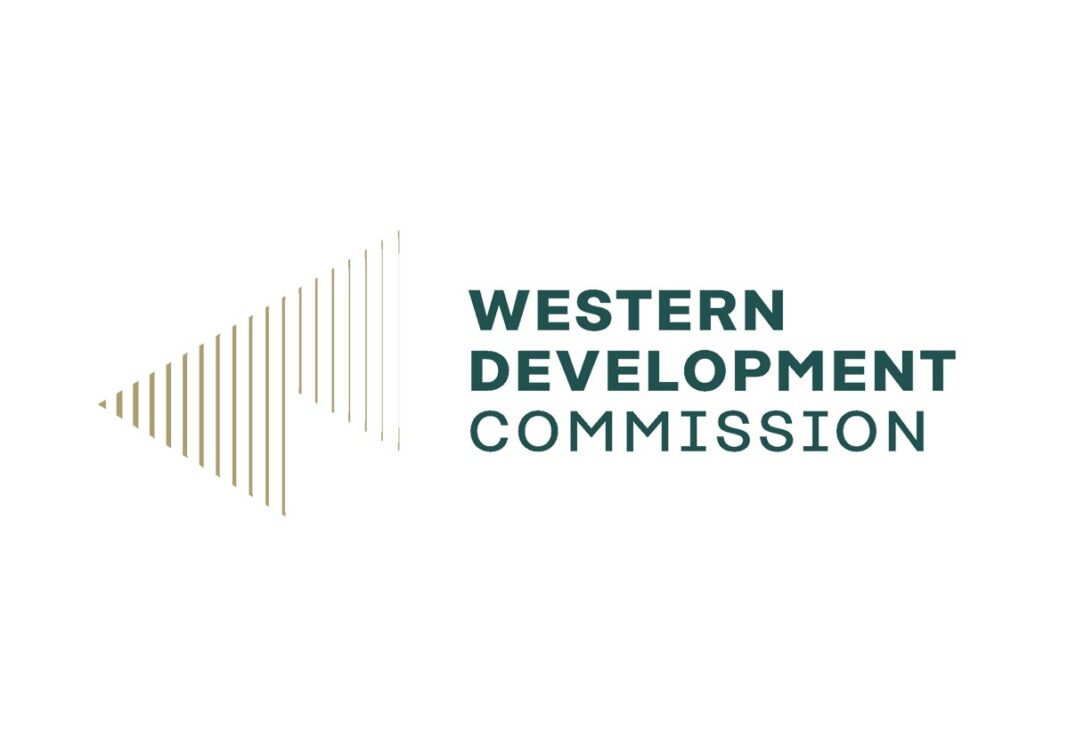The Western Development Commission (WDC) has launched a new report titled ‘A Sustainable Mobility Index for Rural Towns in Ireland’s Western Region’ which provides a baseline of sustainable mobility in 35 rural towns in the Western Region.
Four towns from County Clare were included in the research Kilrush, Newmarket-on-Fergus, Shannon and Sixmilebridge.
The Sustainable Mobility Index (SMI) is the first of its kind for rural Ireland and was developed to improve our understanding of the mobility needs of people living in towns and how this can be aligned with policy developments and changes.
The SMI was developed by Dr Helen McHenry, Policy Analyst with WDC and an expert technical working group with representatives from the Transport Infrastructure Ireland (TII), Atlantic Technological University (ATU), Údarás na Gaeltachta, AECOM and more. The National Transport Authority (NTA) and Local Authorities played a valuable role in providing additional data.
Mr Michael Nolan, Chair of the Expert and Technical Working Group said: ‘The report aims to give us a better understanding of active modes and public transport in a rural context as there is a tendency for policy on sustainable transport and low carbon transport to be more focussed on urban travel patterns. The Sustainable Mobility Index reflects the shift in transport policy to more sustainable travel, with a particular focus on public transport and active travel (cycling and walking) and the necessity of reducing carbon emissions from personal transport’.
Creating the Sustainable Mobility Index involved collecting information on public transport services, how people in the town travel, local assets, and infrastructure. Factors such as local services and presence of jobs and characteristics of town residents, such as age and income, are also important in understanding town mobility patterns and functions.
Towns were scored based on their readiness for the low carbon transition, access to employment and economic activity, and access to services and social facilities. Each towns sustainable mobility was assessed using 30 different indicators of infrastructure, services, and travel modes used. An Index was created with towns scored out of 300.
Helen Mc Henry, Policy Analyst with Western Development Commission said: “Improvements in mobility are key to increasing economic and social opportunities for people living in the region and for those who might choose to live there or visit in the future. It is important that we understand current mobility patterns, services, and infrastructure in rural areas. Then we can, assess what is working and what is not working, and consider effective approaches to addressing sustainable mobility for small towns. This report was created for towns in the Western Region but we would be happy to see it replicated for other towns across Ireland too”.
The report establishes a baseline against which we can measure change and improvements over time. Using the baseline, Local authorities, stakeholders, town planners, community groups and policy makers can plan for town improvements/enhancements that will increase their score in future.
Allan Mulrooney, Interim CEO of Western Development Commission, emphasized the vital role of towns and villages in rural Ireland’s social and economic landscape.
“This report will help us to understand the mobility needs of people living in rural towns and how we can enhance services to better serve the locality. This research will give Local Authorities, government, and policy makers the data it needs to improve accessibility, transport and mobility that will make it easier for people to access towns and services.
It will also offer government departments insights into how we can engage with the public to further reduce their carbon footprint by using more sustainable forms of travel. It is important to note that whilst the initial research only included 35 rural towns in the Western Region, the toolkit has now been created and can be easily replicated across rural towns nationwide.”
